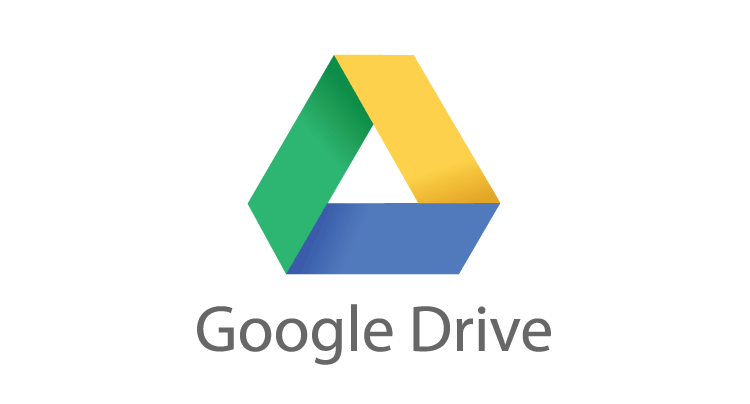
In a recent update, Google addressed synchronization problems that affected users of Google Drive desktop versions 84.0.0.0-84.0.4.0, leading to the sudden disappearance of files. The tech giant released version 85.0.13.0, not only fixing the sync issue but also introducing a novel file recovery tool. Google Drive has enhanced its functionality for iPhone and iPad users with the introduction of the highly anticipated built-in document scanner feature.
Understanding the File Recovery Tool in Google Drive for Desktop
The file recovery tool embedded in Google Drive for desktops is a newly integrated feature that empowers users to conduct a comprehensive scan within their Google Drive. This tool is handy for recovering files that unexpectedly vanished, including those lost due to synchronization issues in the previous software version. Google Drive offers an offline mode, allowing users to access their files without an active internet connection.
How to Utilize the File Recovery Tool in Drive for Desktop
- Open Drive for Desktop:
- Launch the Drive for Desktop application on your device from the installed programs or applications list.
- Navigate to Menu Bar or System Tray:
- For Mac users, locate the menu bar at the top of the screen; for Windows users, find the system tray in the bottom right corner.
- Click on Drive for Desktop Icon:
- In the menu bar or system tray, find the Drive for Desktop icon and click on it to open a menu or display additional options.
- Press and Hold the Shift Key:
- Hold down the Shift key on your keyboard to unlock additional or advanced settings within the application.
- Access Settings:
- Hold down the Shift key, then click the “Settings” option within the Drive for Desktop menu.
- Select “Recover from Backups” Option:
- A submenu or advanced settings window will appear; look for and select the “Recover from Backups” option.
- Access the Recovery Feature:
- Once “Recover from Backups” is selected, follow the on-screen instructions to access the recovery feature. Navigate through available backups and recover specific files or data as needed.
This innovative feature enhances user control by providing a mechanism to retrieve lost files, promoting a more reliable and secure user experience with Google Drive for desktops. Also, read if you’re looking for ways to move photos from Google Drive to Google Photos
In conclusion, Google’s swift response to the sync issues encountered by users of Google Drive desktop versions 84.0.0.0-84.0.4.0 has resulted in a substantial update to version 85.0.13.0. This update not only rectifies the synchronization problem but also introduces a valuable file recovery tool within Google Drive for desktops. Using the chrome extension called Save To Google Drive, we can save any kind of web page in our drive.
The file recovery tool proves to be a crucial addition, offering users the ability to conduct thorough scans of their Google Drive to retrieve files that may have disappeared unexpectedly, particularly those lost due to sync issues in the prior version. The tool operates by scanning the drive, recovering missing files from backups, and organizing them in a designated folder named “Recover from Backups.”
Also Read: How to save WhatsApp Backup to Google Drive manually?
This enhancement not only resolves the immediate challenges faced by users but also emphasizes Google’s commitment to continuously improving and refining the user experience with its products. The introduction of the file recovery tool adds an extra layer of security and control, assuring users that their data remains accessible and protected within the Google Drive for desktop environment.
You might also like our TUTEZONE section which contains exclusive tutorials on making your life simpler by using technology.




